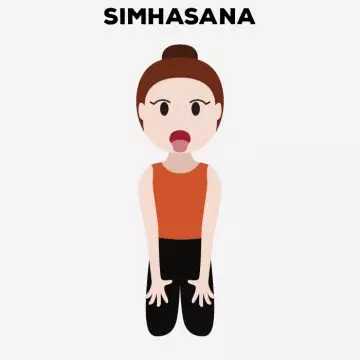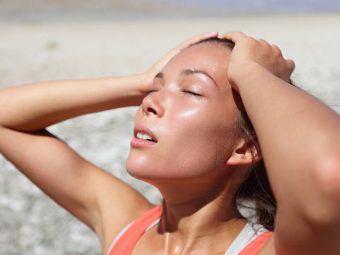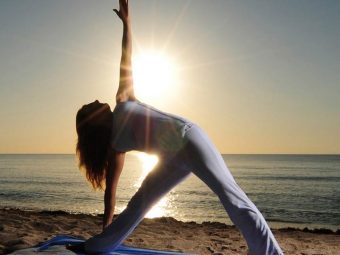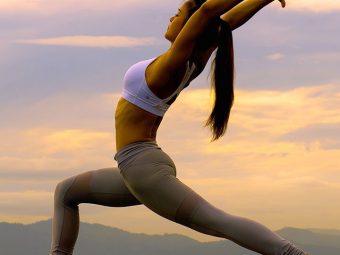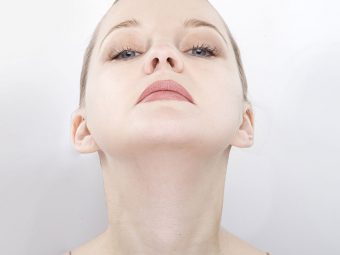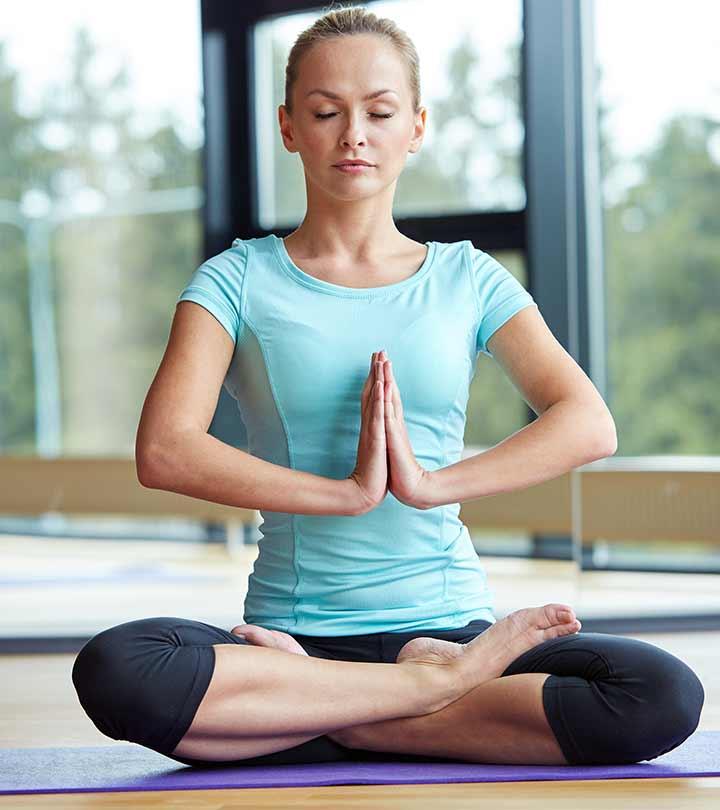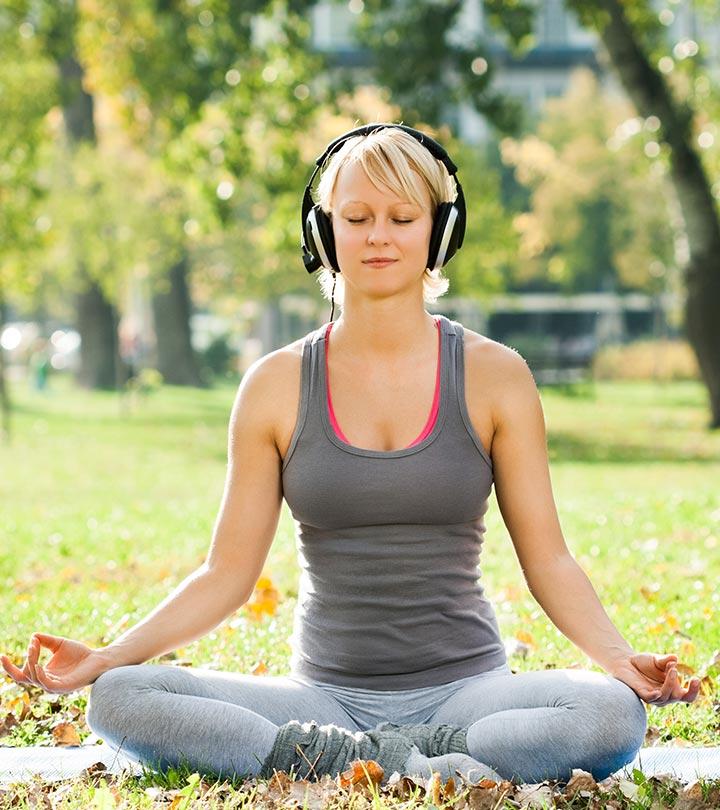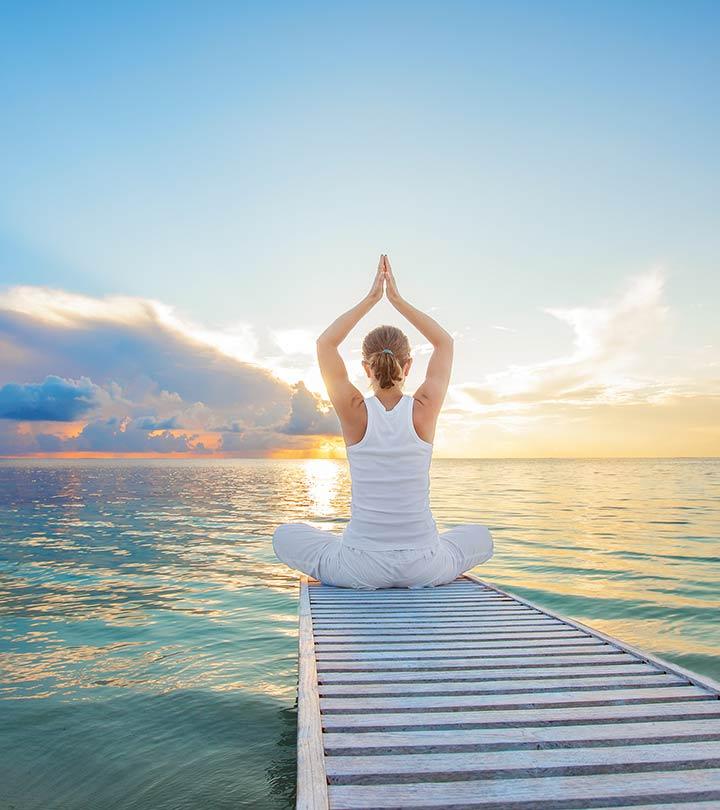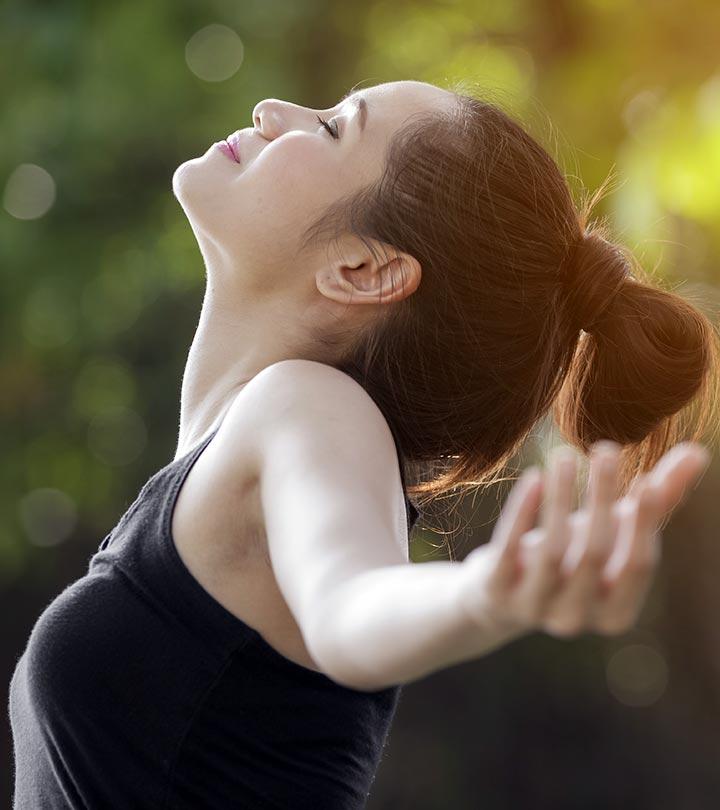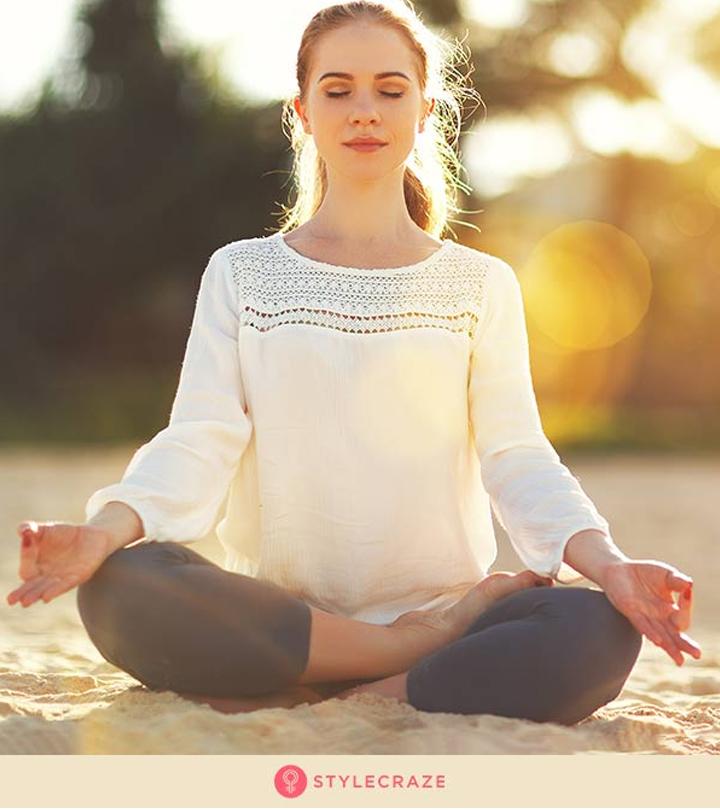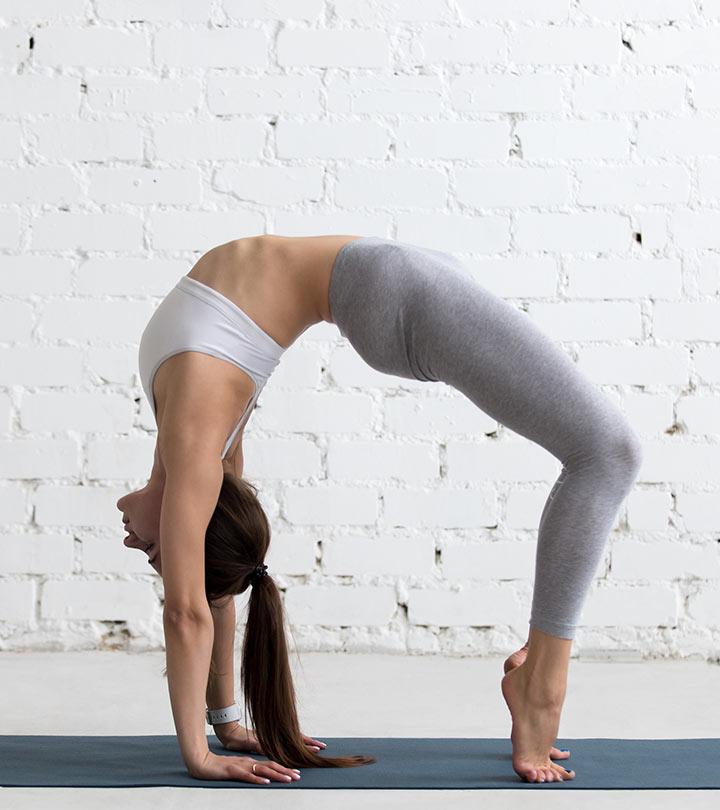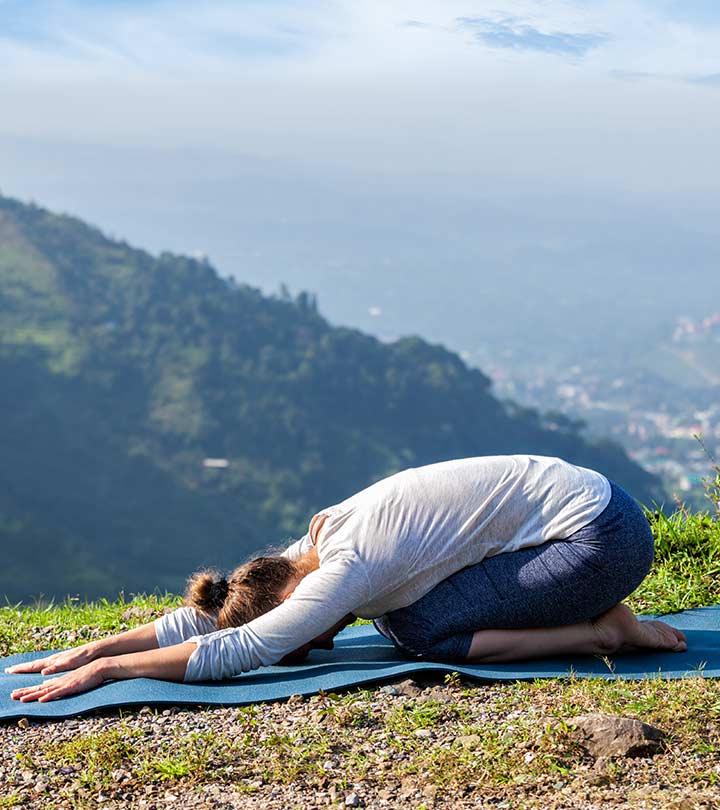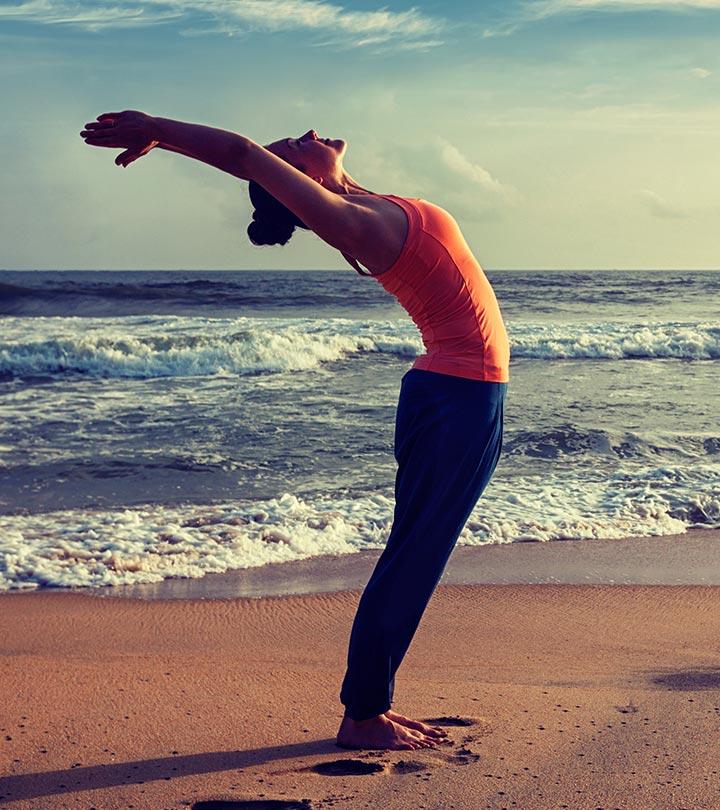How To Do The Simhasana And What Are Its Benefits
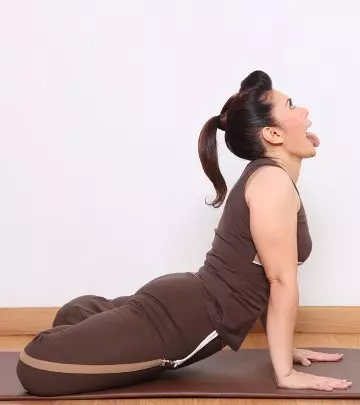
Image: i Stock
Sanskrit: सिंहासन; Simha – Lion, Asana – Pose; Pronounced As – sim-HAHS-anna
The Simhasana is named so as it resembles a roaring lion in its final pose. This asana requires the body and face to work towards invoking a lion’s intense roar. This is quite a comfortable asana that anyone can perform. Although it’s not a familiar pose, its benefits are very different from the other asanas. Take a look at what this asana has to offer.
Everything You Need To Know About The Simhasana
- What You Should Know Before You Do This Asana
- How To Do The Simhasana
- Precautions And Contraindications
- Beginner’s Tip
- Advanced Pose Alterations
- Benefits Of The Lion Pose
- The Science Behind The Simhasana
- Preparatory Poses
- Follow-Up Poses
What You Should Know Before You Do This Asana
This asana must be practiced with the other yoga asanas early in the morning. But in case you cannot wake up or have other chores to attend to, this asana can be done in the evening.
Just make sure you leave a gap of at least four to six hours between your meals and your practice. Your stomach and bowels must be empty when you do this asana.
Style: Hatha Yoga
Duration: 30 seconds
Repetition: Once on each leg
Stretches: Throat muscles
Strengthens: Throat, Lungs, Voice
How To Do The Simhasana (Lion Pose)
- To begin the asana, kneel down on the floor. Cross your ankles such that the front of the right ankle crosses over the back of the left ankle. The feet must point out on both the sides. The perineum should press down on top of the heels
- Place your palms on the knees. Spread out your palms, such that your fingers are splayed out. Press them firmly against each knee.
- Inhale through the nose, and as you do that, open your mouth and stretch out your tongue. Curl its tip toward the chin. Your eyes must be wide open, and the muscles in the front of the throat contracted. Exhale through your mouth as you produce a distinct ‘ha’ sound. You must ensure that the breath passes over the back of the throat.
- While some schools of thought suggest that you must set your gaze between the eyebrows, others ask you to look at the tip of your nose.
- Roar a few times. Change the cross of your leg and repeat the asana.
Precautions And Contraindications
This asana is very safe to practice and has no real preventive measures. If you have a knee injury, you could sit on a chair and do the pose.
Beginner’s Tip
When you start off, you might not realize that the shoulder blades and the hands are connected sympathetically. So, when you place your palms on your knees, feel the shoulder blades spread across the back. Increase the push as you feel it set deep into your back. This will help lift your heart.
Advanced Pose Alterations
To increase the stretch, you need to sit in the Mandukasana while doing the Simhasana. To do that, kneel down, sit on your knees, and set your buttocks on the arches of the feet. This will form a sort of a saddle. Then, touch your big toes and spread out your knees. They should be as wide as the outer hips. Lean forward, and place your palms firmly between your legs. Your fingers must be turned back such that they face your pelvis. Keep your elbows straight. Continue doing the asana as usual.
Benefits Of The Lion Pose (Simhasana)
These are some amazing benefits of Lion pose.
- It helps reduce stress and tension on the chest and the face.
- It stimulates the platysma ( a thin, flat, rectangular muscle that lies on the front of the throat). It keeps this muscle firm as we continue to age.
- Old texts say that this asana destroys diseases and activates the three major bandhas – Mula, Jalandhara, and Uddiyana.
- These are the parts this asana benefits – the face, eyes, tongue, throat, vocal chords, abdomen, respiratory tract, diaphragm, chest, hands, and the fingers.
- It helps get rid of any infection that affects the respiratory tract.
- It helps exercise the tongue owing to the full stretch outside the mouth.
- It helps get rid of bad breath.
- It cures stuttering, teeth grinding, clenched jaws, and back pains.
- It helps remove wrinkles and delays aging.
- It relieves burning eyes.
- It also relaxes the neck muscles.
- This asana helps improve the tone and texture of the voice.
The Science Behind The Simhasana
This asana encourages you to showcase your fierce side. It facilitates the energy locks inside the body and also helps clear the passage of the throat. This posture is said to be one of the best face exercises. It helps circulate blood in the face, and also reduces crow’s feet and wrinkles. The skin on the face is stretched, and therefore, it remains firm. This asana also keeps the platysma strong. It is a fun asana that keeps you revived and happy.
Preparatory Poses
Virasana
Siddhasana
Baddha Konasana
Supta Virasana
Sukhasana
Adho Mukha Svanasana
Dandasana
Supta Baddha Konasana
Svanasana
Follow-Up Poses
Ustrasana
Bālāsana
Ardha Mandalasana
Now that you know how to do Simhasana, what are you waiting for? This animated and expressive asana is easy and fun and has a whole lot of benefits as well. Practicing this asana could be the secret to your youthful and glowing skin. Oh! And to a beautiful voice too!
Recommended Articles
- Prasarita Padottanasana/ Wide Legged Forward Bend Pose – How To Do And What Are Its Benefits?
- Parivrtta Trikonasana / Revolved Triangle Pose – How To Do And What Are Its Benefits?
- Vriksasana / The Tree Pose – How To Do And What Are Its Benefits?
- Utthita Parsvakonasana / Extended Side Angle Pose – How To Do And What Are Its Benefits?
- Bhujangasana / Cobra Pose – How To Do And What Are Its Benefits?


